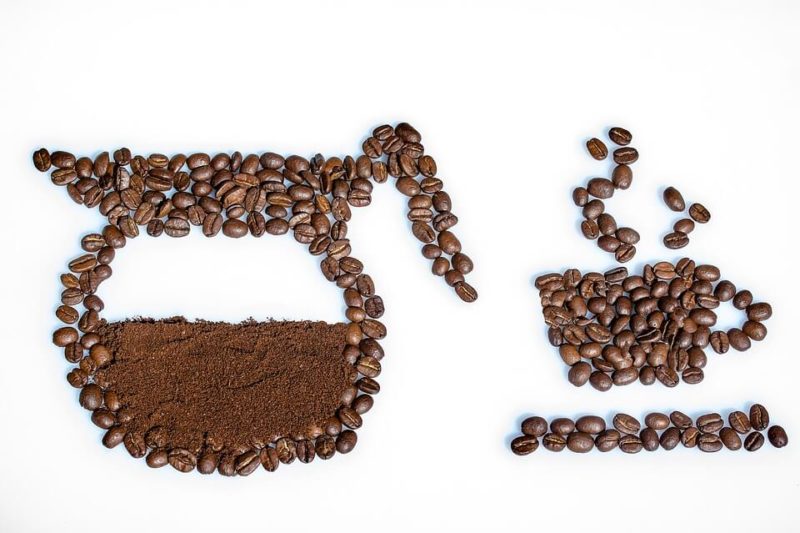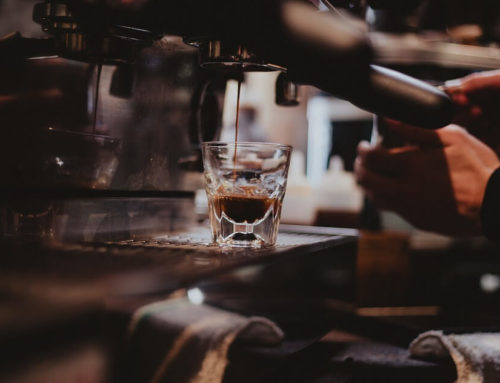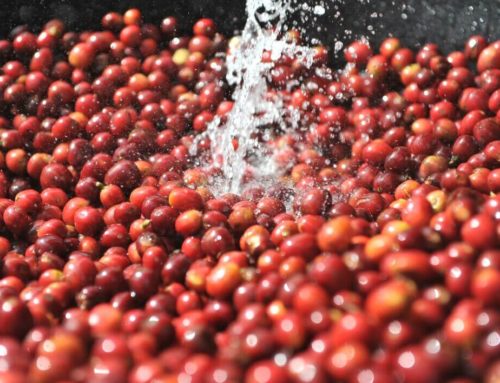The trends in the past few years is almost like creating a new discourse in the coffee era. The growth of coffee world directs us from the First Wave, Second to the Third Wave period. Third Wave Coffee is a time when people not longer enjoy coffee for thirst release or energy booster but when caffeine becomes a need.
Coffee has undergone several trends in period.
1. First Wave Coffee
“First Wave” began in the 1800s. At that time coffee was prepared for a more affordable price as it was also easily served. Coffee brands such as Folgers and Maxwell House dominate the industry briefly and almost all kitchens in the United States must provide and consume these two brands. In the era of First Wave Coffee the industry focused more on packaging innovation, the solely focus on presentation and marketing causing it to receive criticism because the quality of taste was far from expectations.
The most memorable innovation comes from shipbuilders who are coffee roasters, Austin and R.W. Hills, founder of Hill Bros Coffee. In 1900, RW Hills created a vacuum packaging, which is a process that removes air from the packaging of coffee to produce fresher seeds. This vacuum packaging changed the way coffee was packaged at that time.
Other than that, at present it was also the beginning of instant coffee. In the early 1900s modern industries produced various innovations that were not complicated and practical. And at that time an innovation was born for coffee lovers: instant coffee.
2. Second Wave Coffee
Inception of “Second Wave Coffee” was driven by “bad coffee” which was produced insanely at First Wave Coffee. Coffee drinkers in the Second Wave Coffee era were in thirst of delicious coffee and keen to know the origin of that coffee. They want to know how a cup of delicious coffee can reach them. They want to know the roasting process, and why there is a name for “specialty coffee beans”. In this era, people want to add that coffee enjoyment is more than just taste, but also experience. Not merely a drink, but a process.
Some coffee historians say that what happened to the wine industry also happened to coffee. The vocabulary about the world of coffee is rapidly increasing and words like café latte, espresso, cappuccino and french press are words that suddenly resonate everywhere.
Like First Wave Coffee, which received criticisms for its coffee, Second Wave Coffee also received criticism that was no less interesting. The ritual of drinking coffee suddenly shifted into the experience of drinking coffee associated with social life. Coffee shops and cafes have become a massive business. Coffee shops are spreading big cities. Drink coffee incarnate a lifestyle that is very important in social life at that time.
3. Third Wave Coffee
The term Third Wave Coffee is still fairly new. This term was first put forward by Thrish Rothgeb in an article in Wrecking Ball Coffee Roasters in 2002. The revival of the Third Wave Coffee was marked by the start of the interest of coffee drinkers to the coffee itself. Whether it’s origin of the seeds, the process up to the presentation before a coffee aficionado can enjoy the coffee. This third wave reacts to coffee that tastes bad and the way coffee is served is considered incorrect. Even though it doesn’t rule out marketing and promotion elements, Third Wave Coffee cares more than just enjoying coffee.
In the “First Wave”, consumers lead the industry by attracting a period of consuming as much coffee as possible by putting practicality and convenience in the forefront. In the “Second Wave” the coffee industry began to improve, emphasizing on quality with focus on marketing. Whereas in the “Third Wave” production and marketing are not only prioritized, but the coffee itself is transformed into the main actor who controls the stage.
During the Third Wave Coffee era, the production process for coffee was more transparent. Consumers are easily able to know where a coffee bean originates, how it is processed and then with what the coffee is served. In this era the term single origin began to appear. The origin of coffee is one of the most important factors in the “Third Wave” era while at the same time indicating that the coffee industry has changed.
In this era, many independent roasters and coffee shops started to operate in small businesses. Small and large coffee shops roast their own coffee and experiment with a variety of coffee beans. Then the hunt for exotic coffee beans is popular. Body, acidity, bitterness, sweetness, aroma, manual brew and others are vocabulary that often color this “Third Wave”. Peel thoroughly the layers of character of the coffee with various methods of brewing.













